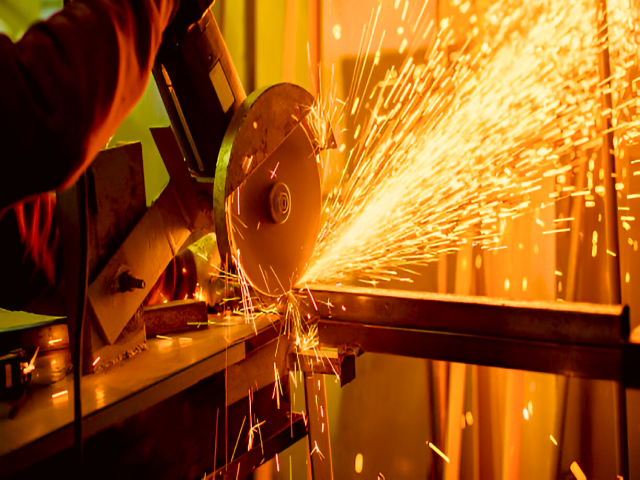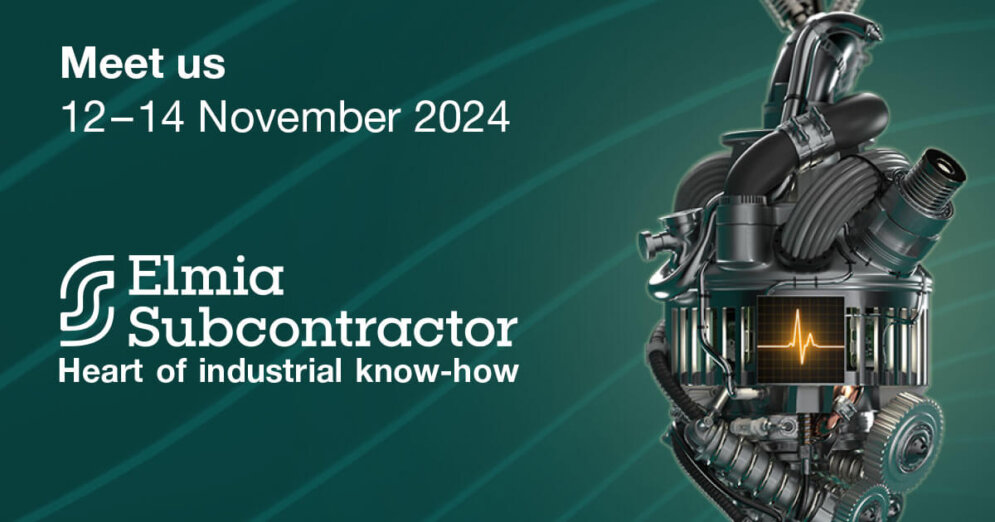At Unispares India, we conform to international standards for production management. We possess best-in-class facilities for a complete product development cycle, utilizing world-class CNC and conventional machines for precise tolerances and excellent finishing.
Our operations are managed by a team of highly skilled employees from diverse disciplines. With a forging plant occupying 10,000 square meters, we cater to all your standard or special part needs under one roof.
Read MoreWe are committed to product upgrades and innovation to provide maximum efficiency.
We give utmost importance to product quality and strictly control all critical aspects.
If you have questions or any details to communicate with us, please do not hesitate to contact us.

Precision machining is a critical process that removes excess raw material to create components with close tolerance finishes. At Unispares India, we ensure every part meets rigorous industry standards.
We specialize in manufacturing high-quality parts for agricultural, construction, and automotive machinery. Our solutions cater to a wide range of applications, including tractors, harvesters, cultivators, and heavy machinery.
One of the biggest reasons to choose us is our commitment to every client. Whether you require small prototypes or large-scale production, we apply the same precision and methodology. With complete in-house facilities, we offer a "one-roof" solution for efficient manufacturing.
To OEMs & Tier 1 companies in Germany, Hungary & Netherlands.
Growing presence in USA, Ireland, and Canada.
With a strategic focus on the European market, we have strengthened our position by offering a flexible approach that caters to any order size. We are continuously committed to product upgrades and innovations to provide maximum efficiency.
Partner With Us
Unispares India powers industries worldwide with top-quality machinery components. From high-performance tractor parts to durable construction machinery components, we engineer excellence.

Agriculture is evolving rapidly, driven by the need for efficiency. Customized parts are leading this revolution..
Read Full Story
In the world of manufacturing, machining plays a crucial role. Understand the key differences and benefits..
Read Full Story
In high-capacity production, achieving excellence requires a meticulous approach to quality control..
Read Full Story
The heavy machinery industry is a cornerstone of construction and mining. See how durability is ensured..
Read Full Story
In today’s competitive landscape, precision is key to success in aerospace and automotive sectors..
Read Full Story
Forging is one of the oldest and most reliable manufacturing processes. Discover how we deliver quality..
Read Full Story
Unispares India proudly participated in Elmia Subcontractor 2024, Northern Europe’s premier trade fair for manufacturing suppliers.
Explore
Unispares India is thrilled to share its enthusiastic involvement in Agritechnica 2023, the preeminent trade fair for agricultural technology.
Explore
With over 15 years of experience, we were thrilled to announce our participation in the prestigious Hannover Messe 2024.
Explore
Indian Commerce Minister displayed confidence that India-US bilateral trade will reach USD 500-600 billion by 2030.
Explore
Developing a workplace safety program is the most effective way to protect your most valuable asset: your employees.
Explore
Machine maintenance safeguards continued working order. It comprises systematic routines to prevent breakdowns.
Explore
"Kaizen" denotes change for the better. It is about improvement incorporating both short- and long-term processes.
Explore
Interest in Agritechnica continues to grow. Leading companies including Unispares India are ready with innovations.
Explore